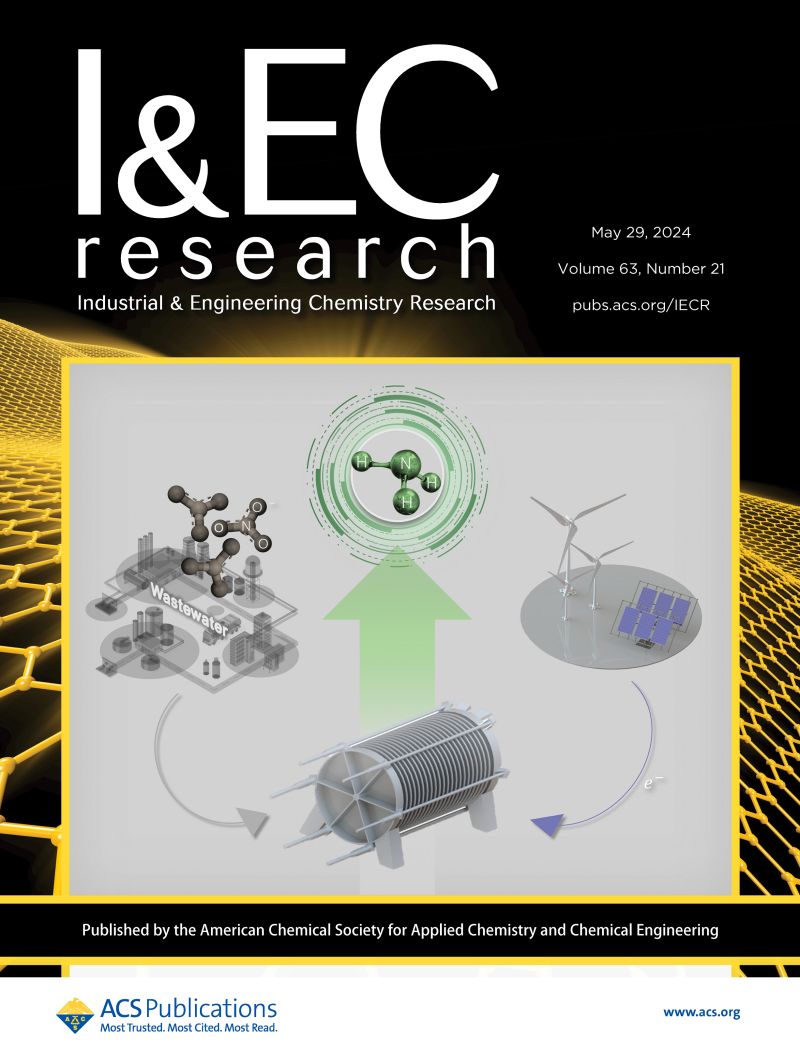Effective and Scalable Graphene Ink Production for Printed Microsupercapacitors
IF 3.8
3区 工程技术
Q2 ENGINEERING, CHEMICAL
引用次数: 0
Abstract
Microsupercapacitors (MSCs) are increasingly important for the commercialization of miniaturized electronics thanks to their efficient use of space and seamless integration capabilities. Traditional manufacturing methods are often complex and costly, hindering large-scale production. In contrast, printing technologies offer a commercially viable alternative by enabling simpler, cost-effective, and high-output fabrication processes. Leveraging graphene, renowned for its outstanding conductivity and stability, further enhances commercial productivity by removing the need for separate current collectors, thus, streamlining manufacturing and reducing costs. This study introduces a novel fluidic liquid-phase exfoliation (FLPE) technique for creating graphene-based MSCs. By utilizing a coil-shaped tubing reactor within an ultrasonic bath, this method efficiently exfoliates graphite, yielding stable graphene inks at various concentrations. These inks are suitable for both inkjet and screen printing, forming interdigitated electrodes with decent conductivity. The resulting MSCs exhibit high areal capacitance, exceptional cycle stability, and a robust mechanical performance. Notably, inkjet-printed patterns surpass screen-printed ones in electrochemical and mechanical performance (50.6 and 40.2 μF/cm2 at 1 μA/cm2 for inkjet and screen printing, respectively) due to film morphology variations influenced by ink rheology. This research underscores the critical influence of ink rheology on the morphology and performance of printed graphene patterns, offering valuable insights into the progression of printed electronics.

求助全文
约1分钟内获得全文
求助全文
来源期刊

Industrial & Engineering Chemistry Research
工程技术-工程:化工
CiteScore
7.40
自引率
7.10%
发文量
1467
审稿时长
2.8 months
期刊介绍:
ndustrial & Engineering Chemistry, with variations in title and format, has been published since 1909 by the American Chemical Society. Industrial & Engineering Chemistry Research is a weekly publication that reports industrial and academic research in the broad fields of applied chemistry and chemical engineering with special focus on fundamentals, processes, and products.
 求助内容:
求助内容: 应助结果提醒方式:
应助结果提醒方式:


